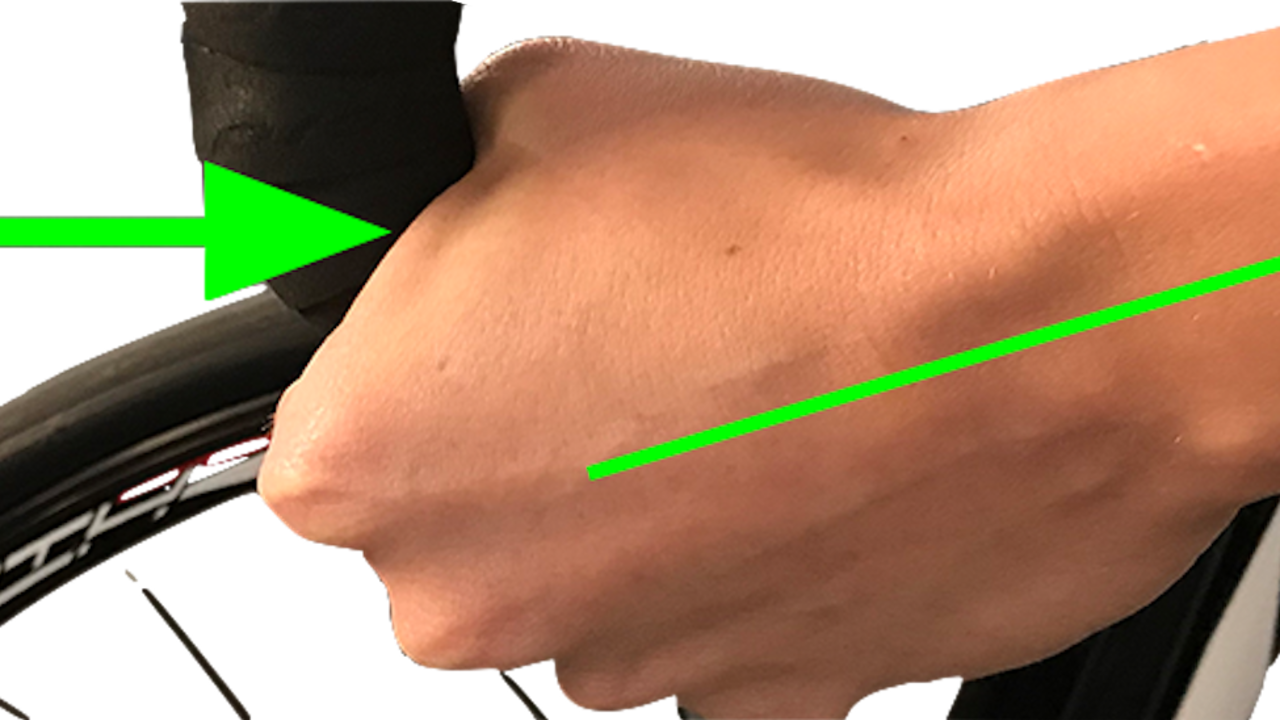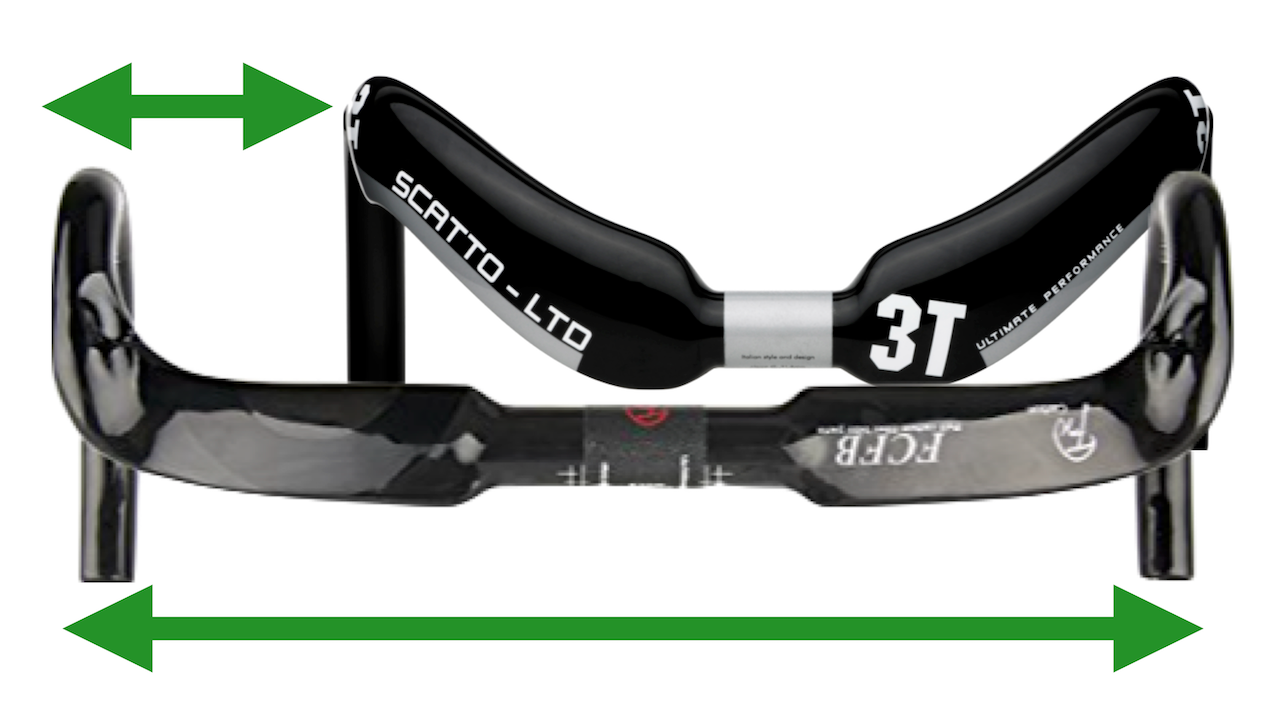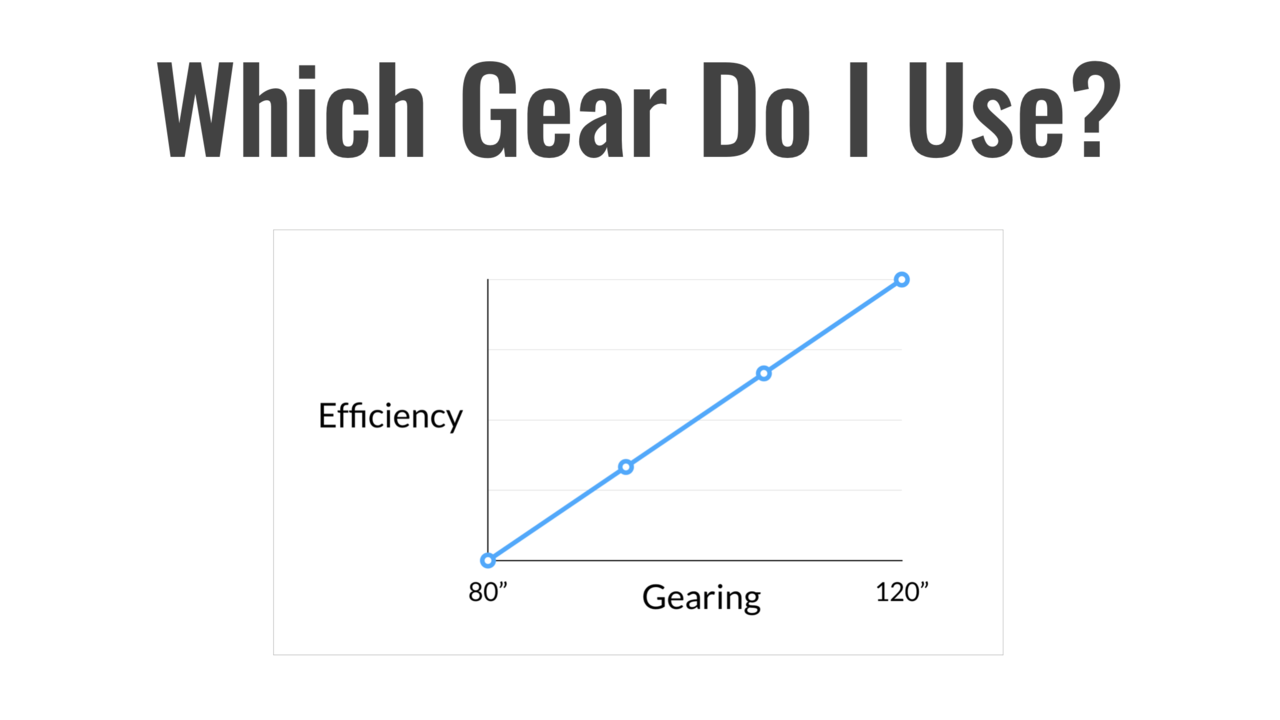Pedalling thoughts on Paper
How to Correctly Grip your Sprint Bars

The way in which you grip your sprint bars is important as it can mean the difference between winning and losing (particularly when races are won and lost by thousandths of seconds).
Incorrect grip p...
How To Set Up Your Track Bike

There are so many different formulas, services and custom fit guidelines around how to correctly fit your track bike.
So much so, we feel it’s all getting way too complicated than it needs to be.
If...
Two Major Benefits of Using Narrow Track Handlebars

A stock standard 38 or 40 cm (width) handlebar, sometimes even wider is what you’ll usually get from your supplier in purchasing a new track bike and when you’re just getting started on the track, the...
How to Change Your Track Gears

How do you change your track gears? Are you getting all the steps right?
For those of you who are having trouble with changing gears fluently, our Head Coach Kerrie Meares offers a video guide to su...
Tips to Changing Track Gears Like a Pro

Let's talk track bike mechanics...
Negotiating gear changes... pedal changes... general bike maintenance...
It can be a painful experience, especially if you've come from a road background, or no re...
Which Gear Do I Use?

One of the top questions we get from cyclists relates to gearing.
WHICH GEAR DO I USE?
It’s a question asked in training and competition environments, and is a very hot topic in the cycling world, p...

